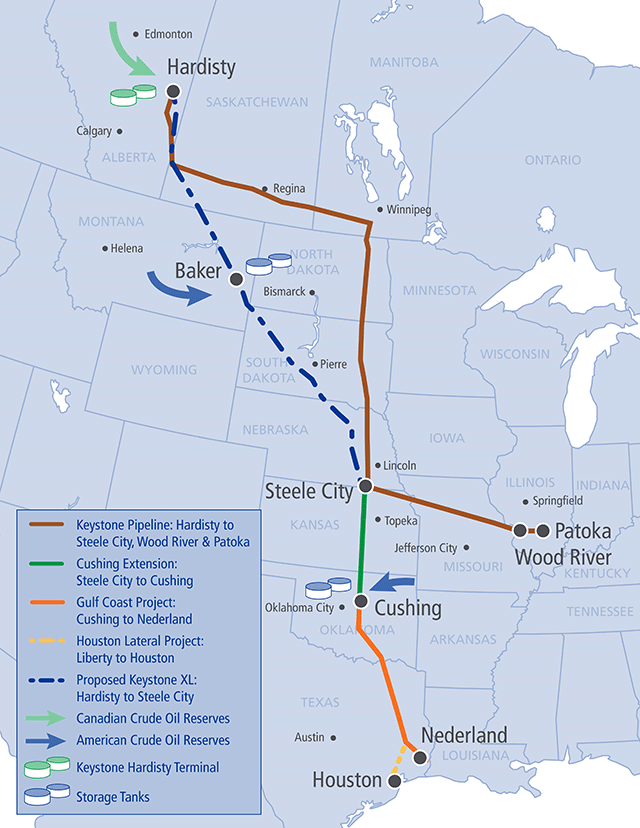Bipartisan legislation that focused on energy efficiency standards such as water heaters with smart meters, ways to reduce home utility bills, and cheaper heating and cooling systems for office buildings failed in the U.S. Senate earlier this month.
While the bill had broad support, the introduction of an amendment on the controversial Keystone XL pipeline poisoned the well.
Proposed by Rob Portman (R-Ohio), the Energy Savings and Industrial Competitiveness Act (ESIC) didn’t make it to a vote after the amendment was added to approve the Keystone pipeline extension ahead of the Obama Administration’s decision on whether to allow the pipeline to go forward.
As a result, Senate Majority Leader Harry Reid (D-Nev.) refused to allow a vote on a Keystone pre-approval amendment to the bill, and the amendment’s supporters retaliated by blocking a vote on the main bill.
Many Democrats and climate activists oppose the Keystone pipeline. Portman reportedly called the bill’s failure “yet another disappointing example of Washington’s dysfunction.”
Related Stories
| Apr 5, 2011
Top 10 Buildings: Women in Architecture
Making selections of top buildings this week led to a surprising discovery about the representation of women in architecture, writes Tom Mallory, COO and co-founder, OpenBuildings.com. He discovered that finding female-created architecture, when excluding husband/wife teams, is extremely difficult and often the only work he came across was akin to interior design.
| Apr 5, 2011
What do Chengdu, Lagos, and Chicago have in common?
They’re all “world middleweight cities” that are likely to become regional megacities (10 million people) by 2025—along with Dongguan, Guangzhou, Hangzhou, Shenzhen, Tianjin, and Wuhan (China); Kinshasa (Democratic Republic of the Congo); Jakarta (Indonesia); Lahore (Pakistan); and Chennai (India), according to a new report from McKinsey Global Institute: “Urban World: Mapping the economic power of cities”.
| Mar 30, 2011
China's low-carbon future city
In 2005, the Chinese government announced its target to reduce energy consumption per GDP unit by 20% by the year 2010. After a multi-billion investment, that target has been reached. The Chinese Climate Protection Program’s goal to increase energy efficiency, develop renewable energies, and promote energy savings while reducing pollutant emissions and strengthening environmental protection is reflected in the “Future City” by SBA Design.
| Mar 30, 2011
Is the AEC industry at risk of losing its next generation leaders without better mentoring?
After two or three horrifying years for the AEC industry, we are finally seeing the makings of a turnaround. However, data developed by Kermit Baker as part of the AIA Work-on-the-Boards survey program indicates that between 17% and 22% of design firms are eliminating positions for interns and staff with less than six years of experience. This data suggests the industry is at risk of losing a large segment of its next generation of leaders if something isn't done to improve mentoring across the profession.









